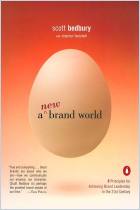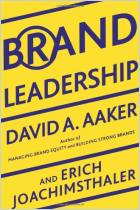Join getAbstract to access the summary!

Join getAbstract to access the summary!
David Taylor
Brandstretch
Why 1 in 2 Extensions Fail, and How to Beat the Odds: A Brandgym Workout
Wiley, 2004
What's inside?
To get the most from your core brand, treat it like a rubber band and s-t-r-e-t-c-h; just don't pull too far.
Recommendation
Given how heavily companies spend on advertising and merchandising, any factor - in this case, better use of branding - that could possibly enhance the survival chances of a product extension deserves serious consideration. In fact, if you are thinking about launching a new product tied to an existing brand, this informative book might save your career. Author David Taylor identifies so many prerequisites for making a brand offshoot successful that you may decide to take up some safer activity - like bungee jumping. That cautionary guidance alone is invaluable. Unlike many other marketing authors, Taylor writes concise chapters, liberally dosed with good examples. Each chapter ends with a summary, checklist and pertinent takeout. The package works well to convey Taylor’s provocative ideas. To avoid embarrassing product failures, read this book. getAbstract.com warmly recommends it to those daring enough to be branding and product-marketing specialists.
Summary
About the Author
David Taylor is a founder and managing partner of thebrandgym, a British consulting company that develops brand strategies. His clients include Unilever, SAB Miler, Cadbury and Blockbuster. Taylor began his career with Proctor & Gamble and Sara Lee. He holds an M.B.A. from INSEAD in France. He is also the author of thebrandgym: A Practical Workout for Boosting Brand and Business.


















Comment on this summary